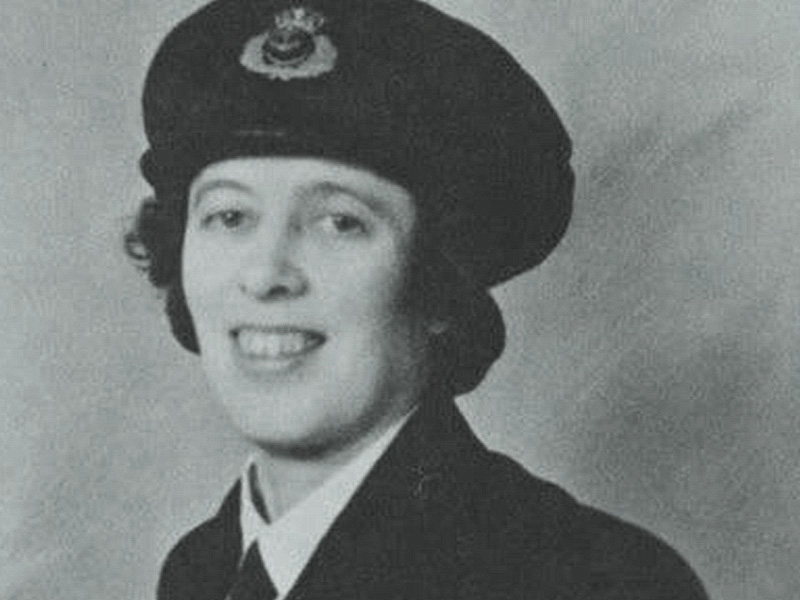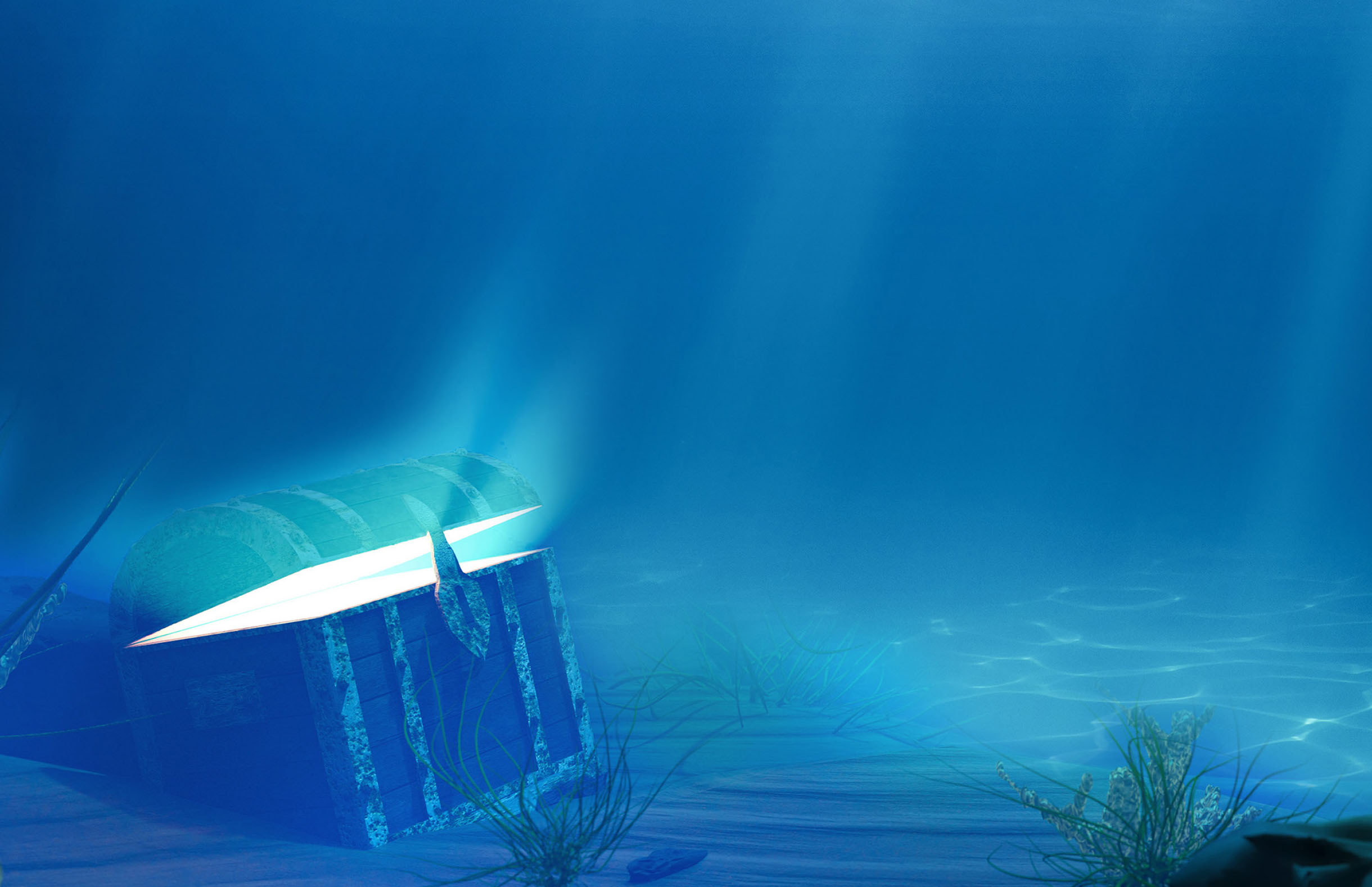
Victoria was a very lucky girl. In fact, Victoria was more than lucky, much more. She was privileged. If you were going to write a story about a girl who had the best possible start in life you might imagine someone like Victoria.
The girl in your story might grow up on a country estate surrounded by beautiful gardens, farm animals and rolling hills, somewhere like Perthshire in Scotland. Her father might have a dream job, working for the Queen or something like that, and she would even meet Her Majesty from time to time. Or better. You could make the Queen a godmother to your little girl who would even be named after her. Wouldn’t that be something?
That was Victoria. That’s really who she was. Born in 1894 in the reign of Victoria, brought up on the family’s Megginch Castle Estate in Perthshire, growing up in the understanding that, yes, the queen was her godmother and, yes, she had a privileged life ahead of her.
An unexpected ambition
What Victoria didn’t know was that her parents had been watching her very closely, first at primary school and then as a teenager. They had noticed that, much more than her sisters, Victoria loved to find out how things worked. She often visited the engineering works of Robert Morton & Sons in Errol nearby asking questions of the owner.
It might have been a time when women weren’t expected to have a career, or do anything other than stay at home and bring up a children when old enough. It would have been much easier for Victoria’s parents to plan a comfortable life for her with all the benefits of the family royal connections.
But Victoria was a very lucky girl because her parents then did something quite extraordinary for the times in which they lived. In 1915, when Victoria had reached the age of 21, they encouraged her to follow her instincts. They would support her in whatever career she decided to pursue.
Victoria needed no second invitation and wasted no time. She secured an apprenticeship at the local Northern Garage in Perth in 1916. Three years later, Victoria had enough engineering experience and knowledge to take on a bigger challenge, one that would define the whole direction of her career.
Engineer In The Making
In the city of Dundee, on the banks of the River Tay, a mere 23 miles north of Perth, The Caledon Shipbuilding and Engineering Company had become one of Scotland’s major companies by the end of the First World War in 1918. At that time had engines, boilers, pumps and steering gear mostly made in Scotland, Its marine engineers too were home-made, and between 1918 and 1922 Victoria Drummond was one of them. Caledon in Dundee was where Victoria discovered her passion for engineering.
By September 1922 she was ready to go to sea. The Blue Funnel Line gave her a job as the tenth engineer on board its vessel the SS Anchises. After four round trips to Australia as well as one to China – literally years at sea – it’s no wonder that Victoria thought she could succeed at the top. Committed, talented, experienced, determined, hardworking – she surely had all the qualities to become a chief engineer.
The War At Sea
That was her goal. Ambitious, competent and confident, Victoria prepared for the chief engineer’s examination. She sat it once, twice, three times. Again. And again. Most people would give up after their fourth or fifth attempt to pass. Not Victoria. She tried and failed the chief engineer’s exam no fewer than 37 times! Why? Was she not as good as she thought she was? No. Sadly, the truth is that she was prejudiced against, only because she was a woman.
It wouldn’t stop her, though, from going back to sea. After a short spell as an air raid warden at the start of the Second World War, she joined an unarmed American cargo ship, the SS Bonita, bound for Norfolk, Virginia in the United States. An experienced marine engineer she may well have been, but nothing could have prepared her for what was to happen on her first voyage out in the middle of the North Atlantic.
It was a Sunday morning in August 1940 when Victoria was on watch in the engine room. Out of nowhere a Condor aircraft of the German Luftwaffe headed straight for the Bonita on its first bombing run. Boom! Great plumes of water rose into the air where the 550 pound bombs exploded, narrowly missing their target.
In spite of the bombs causing fuel oil to leak in the engine room, Victoria used her ingenuity and experience to coax more speed out of the Bonita. As the engineer on watch she sent everyone else out of the engine room. Only ten minutes after the attack started the Bonita’s top speed increased 2.5 knots to 12.5 knots. Doesn’t sound like much, but it gave Captain Herz vital extra speed and manoeuvrability when he needed it most.
Courage And Inspiration
Thanks in no small part to Victoria’s actions the ship survived the attack. Commended for her bravery by Captain Herz, and First Mate Warner as “the most courageous woman I ever saw”, word spread about this remarkable woman engineer. Later, The Times newspaper would say, “Her conduct was an inspiration to the ship’s company and her devotion to duty prevented more serious damage to the vessel.”
That was not Victoria’s only achievement during the war. As a marine engineer she served aboard merchant ships that took her across the world from North America to South Africa to Australia. Most dangerous of these was the voyage on board the oil tanker, Karabagh, to modern-day Russia. The ship was one of many organised by Britain and her allies to transport essential supplies to Russia which had been invaded by Germany in June 1940. They were known as the Arctic Convoys.
Recognition And Reward
Sailing north to Russia, they had to navigate a narrow course between the Arctic ice pack and the German bases of submarines and battleships in Norway. In one such convoy of 35 ships, codenamed PQ17, only 11 ships reached the Russian port of Arkhangelsk. The other 24 ships were sunk by enemy aircraft and Germany’s deadliest underwater weapon in the Battle Of The Atlantic, the U-boat. Victoria was lucky the Karabagh’s Arctic Convoy did not suffer the same fate.
It was not until after the war that Victoria was awarded what was rightfully hers: the certification of Chief Engineer. For so long Victoria had persevered in the face of prejudice. Only her gender had prevented her from becoming the top marine engineer she deserved to be. The war hanged everything. For her war service and action during the attack on the SS Bonita Victoria was awarded an MBE and a Lloyds war medal for bravery at sea.
Today, a plaque at Abertay University in Dundee commemorates Victoria Drummond’s achievement as a marine engineer, and she is widely recognised as the first woman marine engineer in Britain. Victoria was also the first woman engineer of the Institute of Marine Engineers and has the distinction of being the first female chief engineer in the Merchant Navy. When Victoria retired as Chief Engineer in 1962 her career at sea had spanned four decades.
As her great-niece Catherine Drummond-Herdman says, “I am deeply proud. She was really pushing the boundaries not only for herself but for women enabling people to follow on behind.”
Written by Laurence Brady

